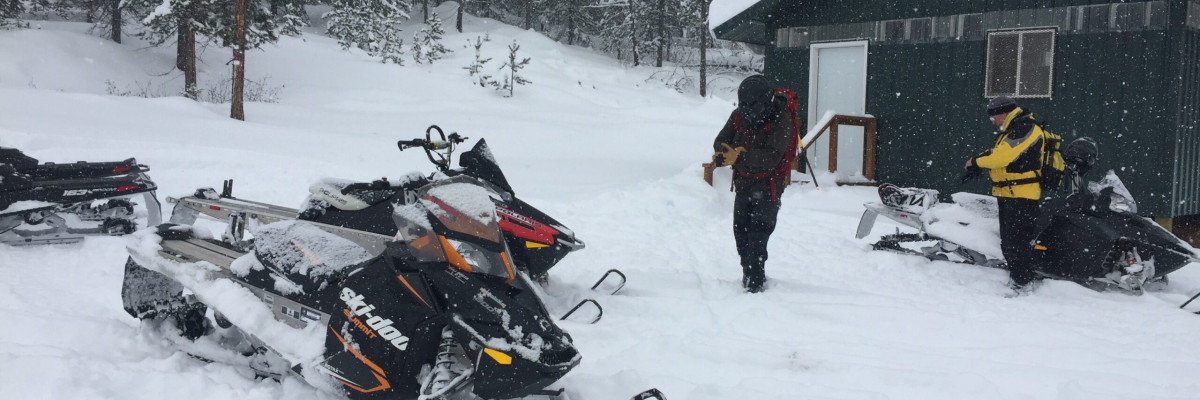The avalanche danger is rated CONSIDERABLE in the west central Montana backcountry. Human-triggered avalanches are likely. Careful snowpack evaluation, cautious route-finding and conservative decision making are essential.
Good morning, this is Travis Craft with the West Central Montana Avalanche Center’s avalanche advisory for December 26, 2015. This danger rating does not apply to operating ski areas, expires at midnight tonight (Dec.26) and is the sole responsibility of the U.S. Forest Service.
Weather and Snowpack
Today, mountain temperatures are in the low to mid teen’s. Winds are 19 mph with gusts of 25 mph out of the west. Our advisory area has received 2 to 3 inches of new snow.
The main avalanche concern today is the persistent slab that is failing on the basal facets that formed during the Thanksgiving deep freeze. This layer is most reactive in shaded and shallow snowpacks. On warmer aspects and slopes with deeper snowpacks this layer can be less sensitive. If you are recreating in avalanche terrain the only red flag for slope instability is found in your pit, especially with this layer. Dig in the snowpack before you enter avalanche terrain to assess how reactive these basal facets are.
The second avalanche problem is loose dry avalanches. These avalanches can be small, but may be a problem if they take you into terrain traps (gullies, tress and cliffs).
Avalanche and Weather Outlook
Light to moderate accumulations of snow are predicted for today. This evening a cool air mass is predicted to enter the area and will lead to drier conditions with the possibility of a temperature inversion. The persistent slab will still be with us so the avalanche danger will stay the same.
Ski and ride safe this holiday weekend. If you are out, send us a public observation of what you find. I will issue the next advisory on Tuesday, December 29th.
























